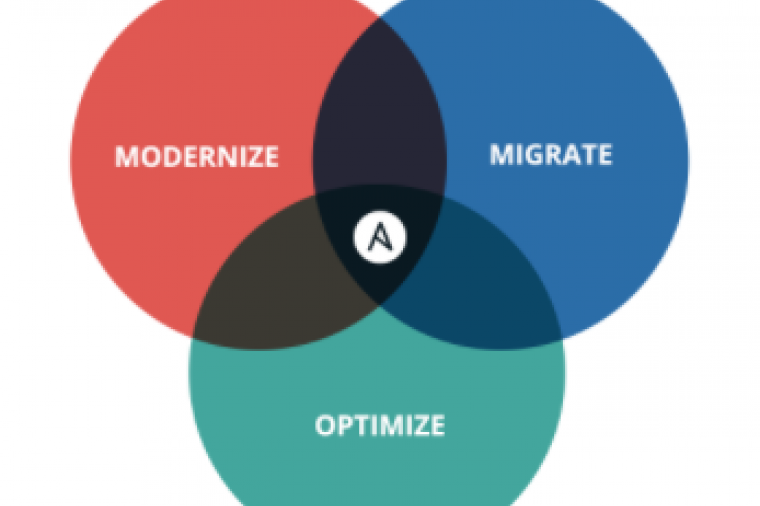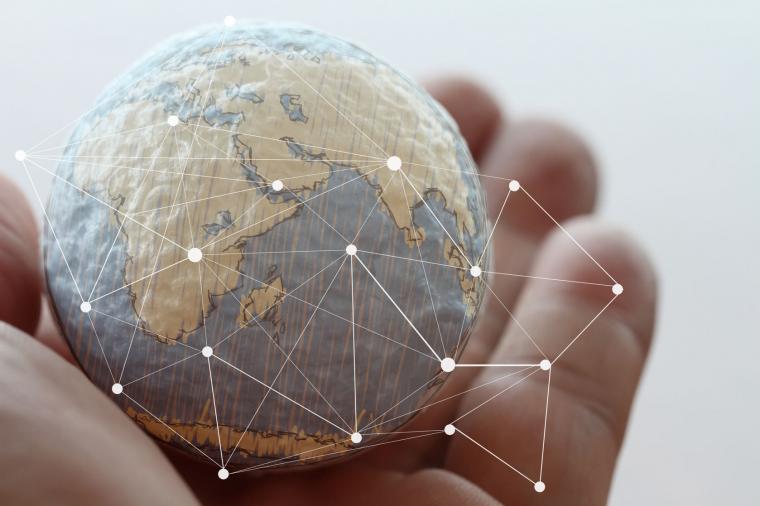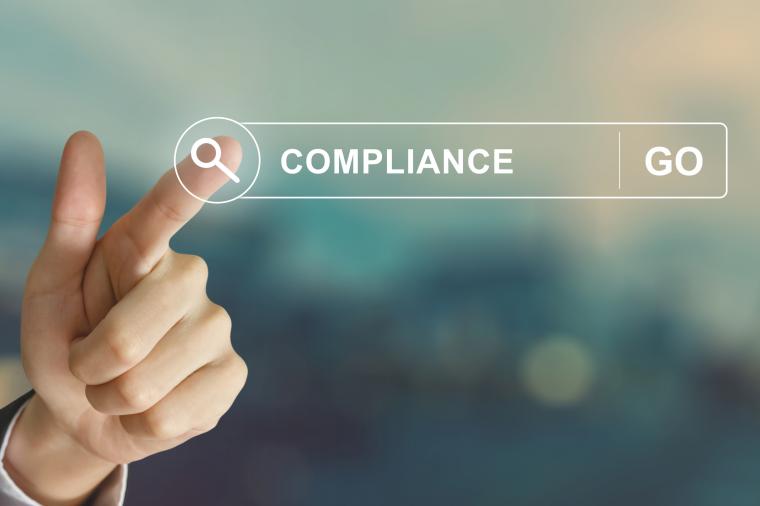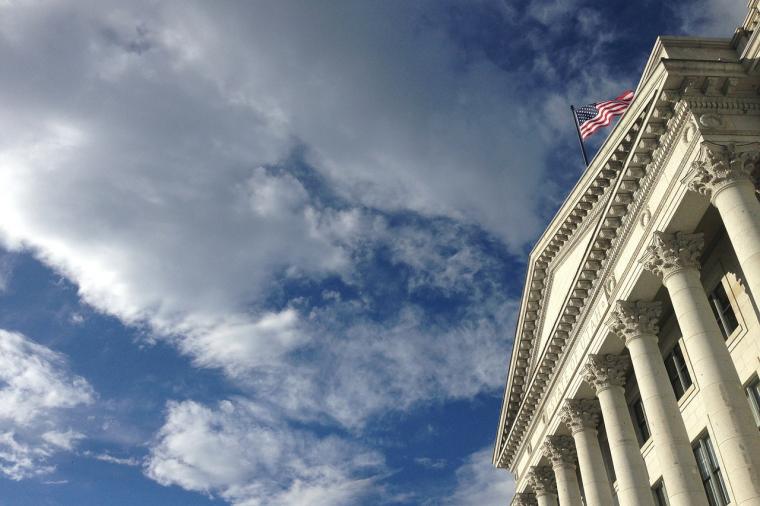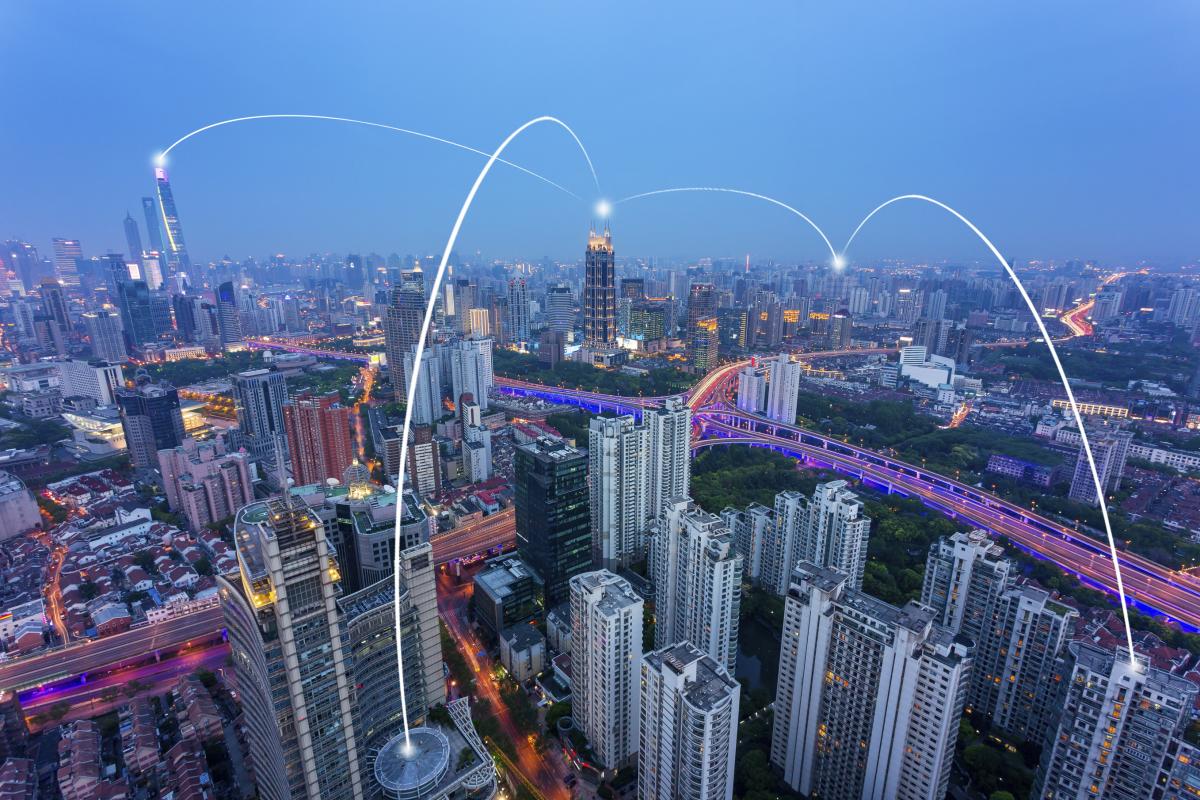
When you think about smart cities what springs to mind? Perhaps it’s a city app that lets you know the location of available parking spots or a transit company that can automatically re-route buses away from congested areas based on a network of fleet- or city-wide sensors. In reality, the definition of a smart city varies, depending on who you talk to.
Let’s look at a definitive source. According to Wikipedia, “a smart city is an urban development vision to integrate information and communication technology (ICT) and Internet of things (IoT) technology in a secure fashion to manage a city's assets. ... A smart city is promoted to use urban informatics and technology to improve the efficiency of services.”
But what about smart city design? What is it and how can cities leverage it?
Each city has unique challenges. But there’s typically one common denominator – traffic. Cognizant of this challenge, in 2016, the U.S. Department of Transportation took it upon itself to find out what a smart city means by asking cities themselves. The result was the Smart City Challenge.
The challenge awarded $40 million to the winning city (congratulations Columbus, Ohio) who could come up with a vision for a “integrated, first-of-its-kind smart transportation system that would use data, applications, and technology to help people and goods move more quickly, cheaply, and efficiently.”
More than a one-off, the DOT encourages city mayors to define their most pressing transportation problems and envision bold new solutions to them.
How We Move
To combat congestion, the Smart City Challenge finalists proposed a wide range of strategies to make alternatives to single occupancy vehicle travel more convenient, explains the DOT. Strategies proposed by many of the finalists included:
• Integrated mobility marketplaces to allow travelers to easily plan multimodal trips, compare trip costs and purchase mobility services.
• Expanding bikeshare, car share, and rideshare options.
• Improving transit service reliability by establishing bus rapid transit corridors, installing signal systems that prioritize buses, and getting real time transit information into the hands of riders.
• Ensuring the safety of pedestrians and cyclists with pedestrian detection and warning systems on trucks and buses and at busy intersections.
How We Move Things
Freight volumes are expected to increase by more than 40% over the next 30 years, particularly in urban areas – challenging “first mile” and “last mile” movements. Here’s what the finalists proposed to address the movement of goods:
• Improving reliability of freight by installing signals that prioritize truck movement along freight corridors.
• Providing truckers with real-time information on parking availability and truck routes.
• Demonstrating the potential for automated and connected freight vehicles to make freight movements safer and more efficient.
How We Adapt
Smart cities are leading the way in the fight against climate change. More sustainable modes of transportation, like electric vehicles (particularly in taxi and transportation network company fleets); converting public service fleets, like garbage trucks, to electric; and installing electric charging stations, were all proposed.
How We Build
The definition of smart cities is not limited to transportation infrastructure and modes, design/build/operate processes, such as building information modeling (BIM) are also playing a role in creating more efficient, sustainable cities. BIM can help improve environmental performance, transportation and utility networks, and the impact of construction and maintenance. With intelligent 3D model-based design software, public officials can make better informed decisions.
Learn more about the role of BIM in smart cities.
Don’t Miss Smart Cities Week
If you’re in the Washington, D.C. area, don’t miss Smart Cities Week, October 3-5, 2017. Known as North American’s “must-attend smart city conference”, the conference will showcase cutting-edge solutions and real-world examples of smart infrastructure solving tough urban challenges.
Visit us at booth 17 with our partners, Autodesk, ForeScout and Blackboard!








































